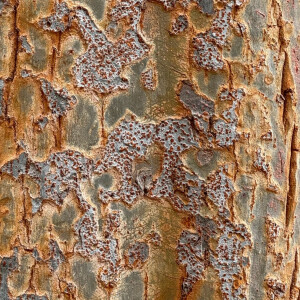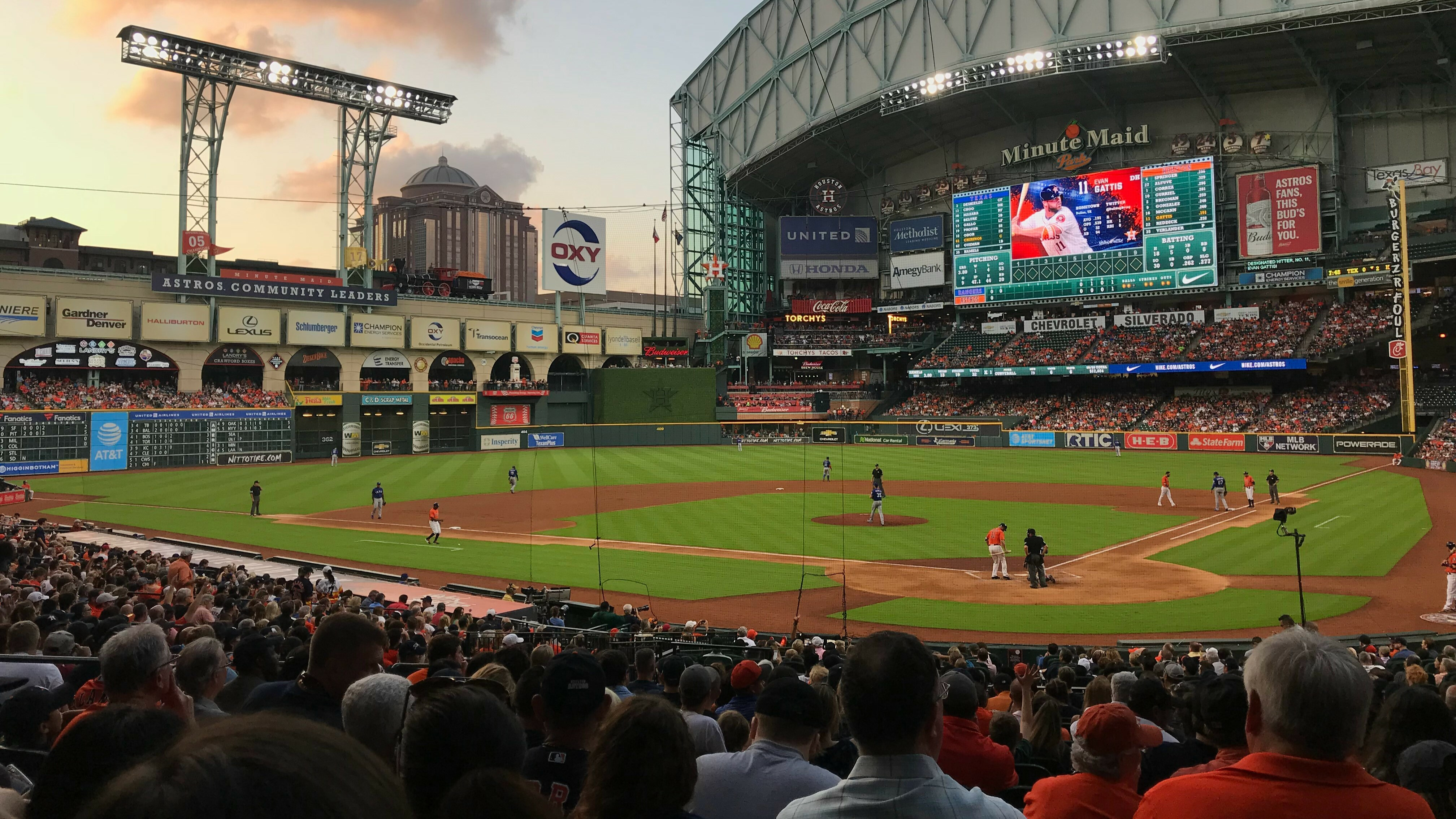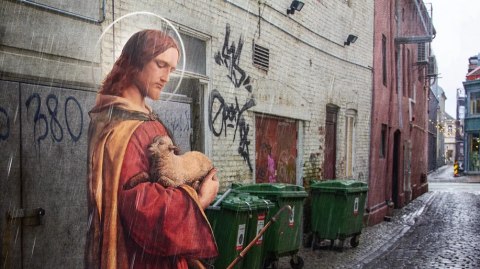TLDR: A compelling message is found beyond conventional communication.

A few weeks ago, I suddenly stopped where I was going as I noticed something unusual. If it something is a bit quirky, unconventional, slightly out of the norm, I slow down to take a peek. Walking past a path lined with a cluster of bare-limbed trees, I noticed some extraordinary bark. Curiously, I stepped a bit closer. It could have been the way the light grazed over it on that particular afternoon which captured my attention. After pausing to briefly ponder, I snapped a quick photo then continued on my way. I was headed to a French Post-Impressionist art exhibit with my friend Celeste. We were ready for an enriching afternoon full of eye candy. Within the next few hours, I viewed about seventy or so paintings by French artist Pierre Bonnard. These artworks had been amassed from major museums and private collections. All had been gathered from around the world for this retrospective show offering or so the brochure claimed “a rare look at how the painter’s interpretation of his surroundings evolved.” I continued to read,
“A friend of both Monet and Matisse, Bonnard is not only a bridge between Impressionism and the post-Impressionist movements that followed; he is a painter who forged his own visual style, marked by a uniquely nuanced mastery of color, shaped by complex and evocative compositions, and built around representations of the natural spaces, intimate interiors, and people that comprised his world.”
Sometimes after reading ‘art speak’, I need to distill the information presented from these art wordsmiths. Here’s what I think the author was saying. Basically, Bonnard’s friends were in the major league of art, Claude Monet and Henri Matisse. Bonnard painted what was inside his head. He understood color theory and because of that, he knew certain colors pop when placed near one another (think about team colors like the dark blue and orange of the Astros). He painted the great outdoors, as well as inside the house and he painted people. All were true. The exhibition was fascinating. But what caught my attention most that afternoon including viewing all of the renowned works was the abstract art in the bark of a tree that 99.9% of people never even noticed.
The bark beheld an intricate lace pattern. It shimmered with hints of copper and steel grey. Awestruck over God’s creation describes how I felt but it also seems rather trite. Beauty, majesty, the simplicity, and the complexity waiting to be enjoyed... for free.
After an image search, I believe it is a Bursera simaruba. More commonly known as gumbo-limbo, Copperwood, Almácigo, Chaca, West Indian birch, and turpentine tree. It’s a tree species in the family Burseraceae. Humorously, it is also called the tourist tree because the tree's bark is red and peeling, like the skin of the sunburnt tourists who are a common sight in the plant's range.
Trained to deconstruct or rather decipher art as artists most readily communicate, I have been ruminating over the serendipitous message presented in the bark of that tree. Here’s a brief analysis of the art discovered that afternoon.
God is both author and artist. God is the Word that spoke all into existence. Recall the very first verse of our holy texts, “In the beginning God created.” God is still creating each and every day. No doubt, God loves creation. The best part: the crowning delight of God’s creation is people, that means...you. God creates for our pleasure. God desires to have a relationship with you and that is why Jesus came as God Incarnate! With Good Friday only a few weeks away, Christ-followers worldwide recognize the sacrifice of Jesus and His relationship with a tree. Here’s the message from a specific tree, from our Book of Common Prayer, page 101,
“Lord Jesus Christ, you stretched out your arms of love on the hard wood of the cross that everyone might come within the reach of your saving embrace: So, clothe us in your Spirit that we, reaching forth our hands in love, may bring those who do not know you to the knowledge and love of you; for the honor of your Name. Amen.”
In our hurried lives, even as we rush to see astounding creative works made by people, I encourage you to pause and ponder. Look up and around at what’s in front of you. Think about the message found in trees and the eternal lifegiving message of love found in one specific tree.
Rev. Leesa+





